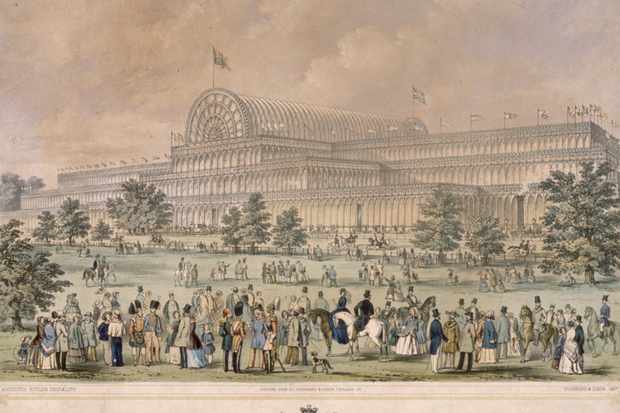EN316: Revolution and Empire: British Literature from 1660-1900
Created by Stacey Kikendall on Sun, 02/07/2021 - 17:58
This timeline presents important dates and events from the Restoration up through the end of the Victorian period, with special reference to authors and their works we read in class.
Timeline
Chronological table
|
Date |
Event | Created by | Associated Places | |
|---|---|---|---|---|
| 1760 |
George III becomes kingGeorge II dies, his son take the throne |
Stacey Kikendall | ||
| 1755 |
Dictionary of the English LanguageWritten by Samuel Johnson |
Stacey Kikendall | ||
| 1746 |
Jacobite Rebellion endsCharles Edward Stuart ("Bonnie Prince Charlie)'s defeat at Culloden ends the last Jacobite rebellion |
Stacey Kikendall | ||
| 1743 to 1745 |
Marriage A-la-ModePained by William Hogarth |
Stacey Kikendall | ||
| 1729 |
A Modest ProposalWritten by Jonathan Swift |
Stacey Kikendall | ||
| 1727 |
George I dies, George II becomes kingGeorge II was George I's son. |
Stacey Kikendall | ||
| 1717 |
The Rape of the LockWritten by Alexander Pope - final version |
Stacey Kikendall | ||
| 1716 to 1718 |
Turkish Embassy LettersLady Mary Wortley Montagu writes her letters from Turkey |
Stacey Kikendall | ||
| 1714 |
Death of Anne, George I becomes KingGeorge I was the great-grandson of James I. He is the first Hanoverian king. Tory government replaced by Whigs. |
Stacey Kikendall | ||
| 1707 |
Act of Union with ScotlandScotland becomes part of Great Britain |
Stacey Kikendall | ||
| 1706 |
A Preface, in Answer to Some Objections to Reflections upon MarriageWritten by Mary Astell |
Stacey Kikendall | ||
| 1702 |
Death of William III, Anne becomes QueenAnne was the other Protestant daughter of James II |
Stacey Kikendall | ||
| 1700 |
Some Reflections upon MarriageWritten by Mary Astell |
Stacey Kikendall | ||
| 1690 |
An Essay Concerning Human UnderstandingWritten by John Locke |
Stacey Kikendall | ||
| 1690 |
Two Treatises on GovernmentWritten by John Locke |
Stacey Kikendall | ||
| 1688 to 1689 |
The Glorious RevolutionJames II exiled and succeeded by his Protestant daughter, Mary, and her husband William of Orange |
Stacey Kikendall | ||
| 1685 |
Death of Charles II, James II becomes KingJames II was Charles II's Catholic brother |
Stacey Kikendall | ||
| 1681 |
Dissolution of ParliamentCharles II dissolves Parliament |
Stacey Kikendall | ||
| 1673 |
Test ActRequires all officeholders to swear allegiance to Anglicanism |
Stacey Kikendall | ||
| 1660 |
RestorationCharles II restored to English throne |
Stacey Kikendall | ||
| 1851 |
Crystal Palace opens ArticlesJules Law, “The Victorian Stereoscope” Related ArticlesAnne Helmreich, "On the Opening of the Crystal Palace at Sydenham, 1854" |
David Rettenmaier |

